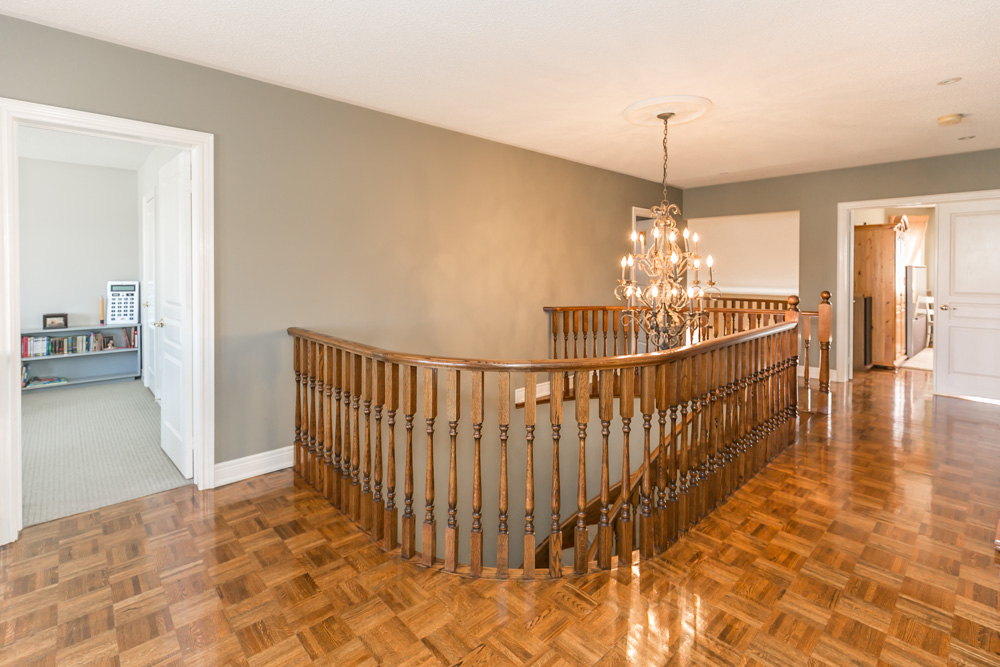When it comes to home renovations, deciding on the flooring can be a pivotal choice. Homeowners often find themselves weighing the options between refinishing their existing hardwood floors or opting for a fresh start with pre-finished hardwood. Both choices come with their own set of advantages and disadvantages, and understanding these can significantly aid in making a decision that best suits your needs, preferences, and budget.
Understanding the Refinishing Process
Refinishing hardwood floors is a process that involves sanding down the existing surface and then staining it to give a new finish. Let’s delve into the benefits and drawbacks of this approach.

Pros of Refinishing
- Cost-Efficiency: Refinishing can be more economical as it saves on material costs.
- Time-Saving: Compared to a complete replacement, refinishing is generally less time-consuming as it avoids the extensive process of ripping out the existing flooring.
- Preserving Character: For some, maintaining the original hardwood flooring adds a unique character and history to the home.
Cons of Refinishing
- Limitations of Older Flooring: Hardwood floors that are over 20+ years old may be too thin for refinishing. Engineered hardwood, with its thin layer of real wood, can pose similar challenges.
- Design Limitations: Achieving a modern or specific aesthetic might be difficult. Trends like wide plank or rustic looks might not be feasible with your existing flooring.
- Inflexibility in Repair: Damaged planks cannot be easily replaced without having to refinish an entire floor space in order to maintain a consistent finish.
- Potential for Inconsistency: Uneven sanding or the inability to refinish certain areas can lead to a patchy appearance. Moreover, refinishing near cabinetry or furniture risks damage to these items.
- Labour Costs: The labour involved in refinishing, especially in intricate or hard-to-reach areas, can sometimes exceed the cost of replacement.
- Unchangeable Layout: The existing pattern and direction of the flooring remain unchanged, which might not align with your new design vision.
The Case for Replacing with Pre-Finished Hardwood
On the other hand, replacing your flooring with pre-finished hardwood offers a different set of advantages and considerations.

Pros of Replacing
- Fresh Start: Replacement offers a clean slate, allowing you to choose any hardwood type and stay current with the latest design trends.
- Quality and Durability: Modern pre-finished hardwood comes with enhanced quality, including UV protective layers and multiple coats of stain for a durable finish.
- Flexibility in Repair: Damaged planks can be easily replaced without affecting the entire floor. Simply take the damages pieces out and replace them with new planks.
- Subfloor Solutions: Replacing allows you to address any underlying issues with the subfloor, ensuring a level and consistent foundation.
- Customization: You have the freedom to alter the floor direction or pattern in different rooms, tailoring it to your aesthetic preferences.
Cons of Replacing
- Higher Costs and Time: The process involves higher expenses due to the cost of materials plus installation. It’s also more time-consuming, including the removal and disposal of existing flooring.
- Complexities with Cabinetry: Replacing flooring under built-in cabinetry can be challenging, sometimes necessitating the removal and reinstallation of cabinetry units, risking potential damage.
- Trimming Challenges: Installing new flooring may require the removal of shoe moulding, baseboards, and door casings to ensure a seamless fit to the walls and door openings. You’ll then need to repaint these items to bring them back to their original condition.
Weighing Your Options
Ultimately, the decision between refinishing and replacing hardwood flooring boils down to personal preference, the specific conditions of your current flooring, and your design aspirations. While refinishing can be more cost-effective and quicker, it comes with limitations in terms of design flexibility and potential inconsistencies. Replacing the flooring, though more costly and intensive, offers a fresh start, more design options, and the chance to rectify any underlying issues. Carefully considering the pros and cons of each option will guide you in making a choice that aligns with your vision for your home, ensuring a result you’ll be satisfied with for years to come.